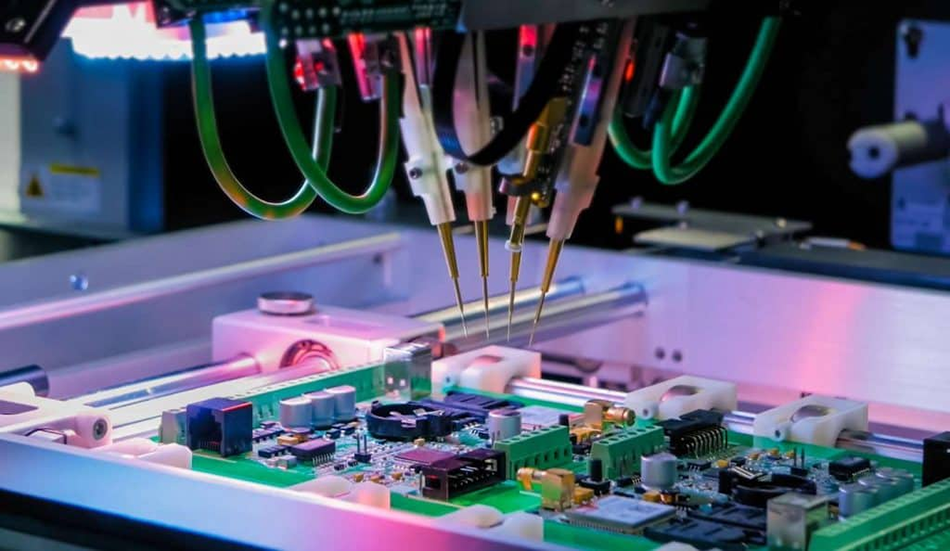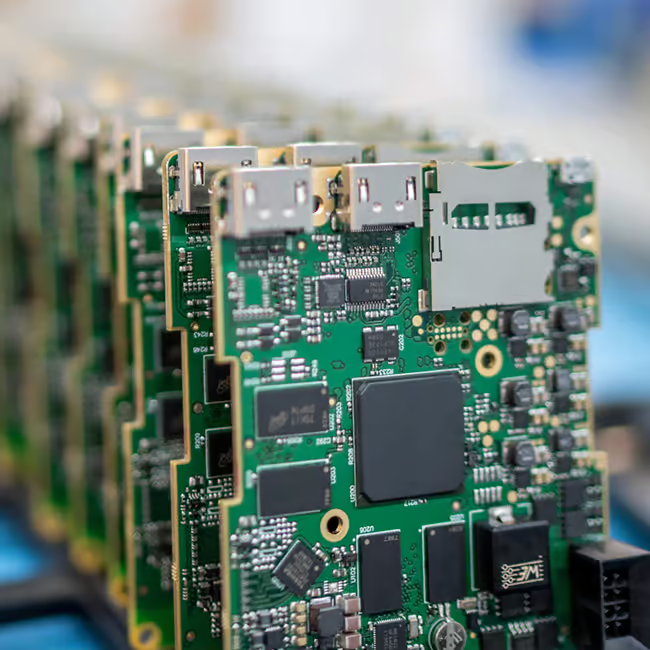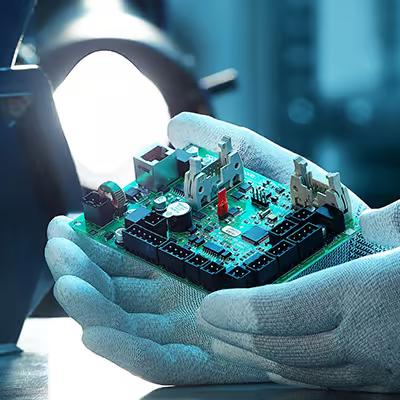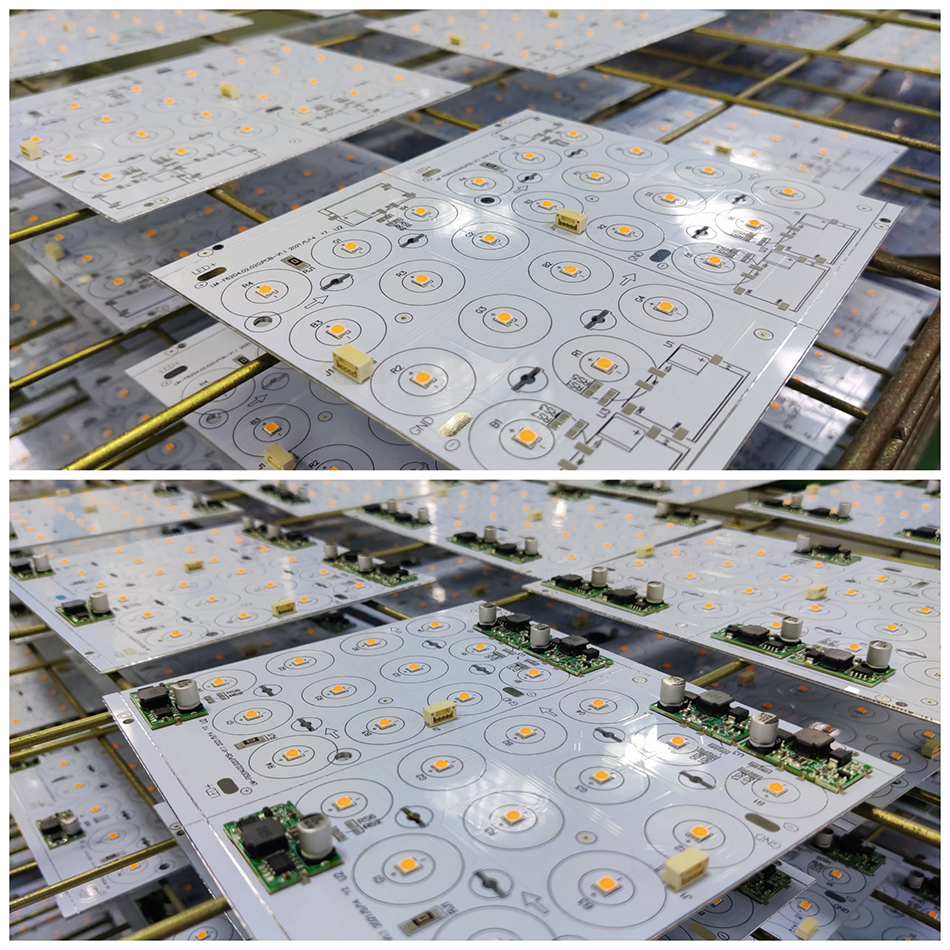-
- PCB TYPE
- PRINTED CIRCUIT BOARD PROTOTYPE ALUMINUM PRINTED CIRCUIT BOARD R&F PCB FPC HIGH FREQUENCY PCB HIGH-TG PCB HEAVY COPPER PCB HDI PCB PCB FOR LIGHTING METAL CORE PCB
time:Oct 23. 2025, 17:55:16
Building a PCB box, or enclosure, is an essential step in the process of creating a functional and reliable electronic device. Whether you're a hobbyist or a professional, understanding the fundamentals of PCB enclosure design can significantly impact the performance and durability of your project. In this article, we'll walk you through the essential aspects of building a PCB box, from choosing the right materials to considering ventilation and aesthetics.

When it comes to housing your printed circuit board (PCB), the enclosure serves multiple purposes. It protects the PCB from environmental factors such as dust and moisture, provides structural support, and can even enhance the overall appearance of the device. Here's what you need to consider when building a PCB box.
The material you choose for your PCB enclosure can affect both its performance and appearance. Common materials include:
Plastic: Lightweight and easy to mold, plastic is a popular choice for hobbyists and consumer electronics. It's cost-effective and available in various colors and finishes.
Metal: Offering superior durability and heat dissipation, metals like aluminum and steel are ideal for industrial applications and high-power devices.
Acrylic: Known for its transparency, acrylic is often used in projects where visibility of the PCB is desired, such as educational kits or display models.
Functionality is a critical aspect of PCB enclosure design. Consider the following factors:
Size and Shape: The dimensions of your enclosure should accommodate the PCB and any additional components or connectors. Ensure that there's enough clearance for wires and heat sinks if needed.
Access Points: Make provisions for connectors, switches, and other interfaces by incorporating cutouts and mounting points in your design.
Ventilation: Proper ventilation prevents overheating. Integrate vents or fans into your design to ensure adequate airflow.
Your PCB box must protect the internal components from physical damage and environmental hazards. Here are some tips to enhance durability:
Sealing: If your device will be exposed to moisture, consider sealing the enclosure with gaskets or O-rings to keep out water and dust.
Shock Absorption: Incorporate shock-absorbing materials or mounts to protect the PCB from impacts and vibrations.
EMI Shielding: For devices that are sensitive to electromagnetic interference (EMI), use materials or coatings that provide EMI shielding.

Building a PCB box involves several steps, from initial design to final assembly. Here's a step-by-step guide to help you through the process.
Begin by sketching or using CAD software to create a detailed design of your enclosure. This design should include dimensions, material specifications, and any necessary cutouts or features.
Choose the appropriate material for your enclosure based on your design requirements. Consider factors such as strength, weight, and thermal conductivity.
Before committing to a final product, create a prototype to test the fit and functionality of your design. Use 3D printing or CNC machining to produce an accurate representation of your enclosure.
Assemble the prototype with your PCB and test it under real-world conditions. Check for proper fit, ventilation, and any interference issues. Make adjustments as needed.
Once you're satisfied with the prototype, proceed to manufacture the final product. Depending on your needs, this could involve mass production or custom fabrication.

While functionality and protection are paramount, aesthetics also play a role in PCB box building, especially for consumer-facing products. Here are some tips for designing an attractive enclosure:
Color and Finish: Choose colors and finishes that align with your brand or project theme. Matte, glossy, or textured finishes can add visual appeal.
Branding Elements: Incorporate logos, text, or patterns into your design to enhance brand recognition.
Lighting: Integrate LED lighting to highlight features or create a visually striking effect.

Building a PCB box requires careful planning and attention to detail. By considering factors such as material selection, functionality, and aesthetics, you can create an enclosure that not only protects and supports your PCB but also enhances the overall look and feel of your device. Whether you're working on a simple DIY project or a complex industrial application, understanding the principles of PCB enclosure design will help you achieve success.
Remember to prototype and test your design before finalizing it, and don't hesitate to iterate based on feedback and testing results. With the right approach, you can build a PCB box that meets both your technical and aesthetic requirements.
By following these guidelines, you're well on your way to mastering the art of PCB box building. Happy designing!

Got project ready to assembly? Contact us: info@apollopcb.com



We're not around but we still want to hear from you! Leave us a note:

Leave Message to APOLLOPCB
